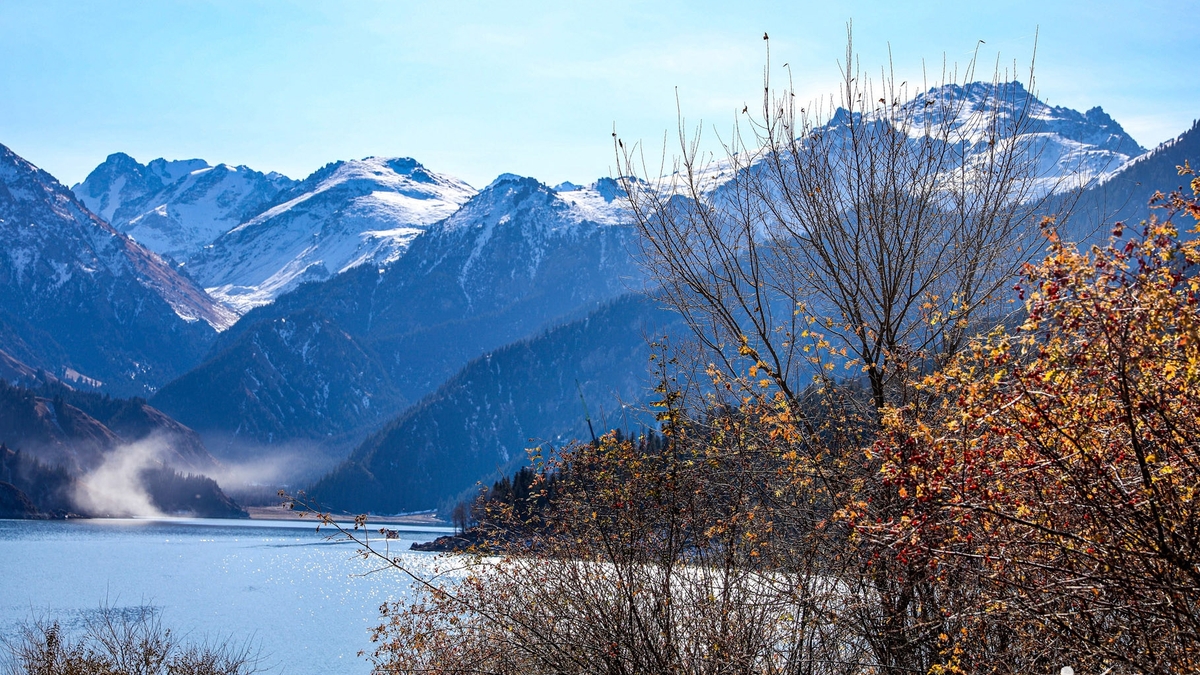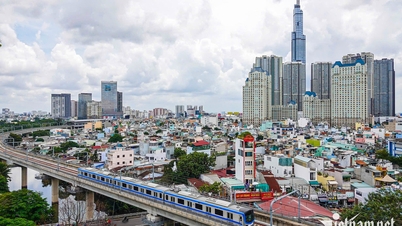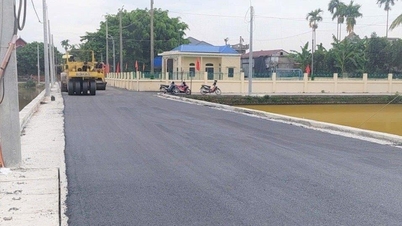As popular destinations become overcrowded, tourists begin to look for further journeys, discovering new values.
On a beautiful morning in June, thousands of tourists holding tickets waiting to enter the Louvre Museum in Paris (France) were extremely disappointed and angry when the staff refused to open the door due to the overload of tourists and lack of staff.
The museum was forced to close for several hours as management attempted to appease overworked staff, who said rampant overcrowding had led to "unbearable working conditions."
These staff grievances are well-founded, as in 2024, more than 8.7 million visitors visited the Louvre Museum, more than double the museum's capacity.
This is not the first time Louvre staff have spoken out about overtourism . In 2019, staff went on strike to protest the situation.
In fact, the Louvre incident is not the only protest in response to overtourism.
The people of Venice, Italy, have also protested so strongly that their city was "hijacked" for the lavish wedding of Amazon boss Jeff Bezos, that the festival's venues had to be changed due to fears of a backlash from locals.
Over the past few years, people in Barcelona, Florence (Italy), Lisbon (Portugal), Dubrovnik (Croatia), Kyoto (Japan) and many other places have expressed discontent as cities are overwhelmed by tourists.
Clearly, measures like taxes (in Venice) or visitor limits (the Louvre limits visitors to 30,000 per day) have not worked. In fact, global tourism is expected to surpass pre-pandemic levels by 2025, by staggering numbers.
According to the World Tourism Organization (UNWTO), there are an estimated 1.4 billion international tourist arrivals in 2024, an increase of 140 million (equivalent to 11%) compared to 2023.
Trends in 2025 suggest that these figures will be surpassed. In the first quarter of 2025, the world recorded 300 million international visitors, an increase of 5% (or 14 million people) compared to the same period last year.
Although tourism agencies and governments have recognized the problem, they have been largely unsuccessful in finding a solution. Authorities have implemented stricter controls at entrances to curb the deterioration of heritage sites such as the Altamira Caves in Spain and Uluru in Australia.
However, limiting visitors is not always feasible. The solution must come from the visitors themselves.
Fortunately, that's what happened. A trend that began a few years ago is for travelers to actively abandon overcrowded destinations in favor of lesser-known alternatives, but those will require a longer journey.
A more positive, sustainable and meaningful change is experiential tourism, focusing on the under-the-radar neighborhoods, small towns, rural gems, places that are little known, even in the age of social media oversharing. This has the potential to not only disperse visitors but also revitalize forgotten communities.
Visitors will experience new activities such as taking a night walking tour, enjoying a variety of dishes on a heritage walking tour with breakfast, and going mushroom picking in a park during the rainy season.
Due to the remote location, unstable phone signal and almost no internet, tourists will be able to truly enjoy their vacation, waking up to the chirping of birds and falling asleep to the symphony of cicadas and frogs. The tranquility comes naturally, not forced.
This type of tourism offers richer, slower experiences through family-run homestays, food tours and meaningful cultural activities. One obvious benefit is the economic boost for local people.
When visitors spend in the community, it supports the local economy and empowers neighborhoods. It also has the potential to foster a sense of ownership and conservation as stakeholders recognize the value of sharing the story of their environment.
Another positive benefit is the impact of the tourism industry on greenhouse gas emissions. It is estimated that tourism accounts for between 8% and 11% of global greenhouse gas emissions, but according to various sources, sustainable practices could cut this figure by 40% to 60%.
Choosing experiential tourism is not accepting an inferior option. On the contrary, it is the most radical and effective solution to solve serious problems of global tourism such as environmental pollution, cultural erosion and community unrest./.
Source: https://www.vietnamplus.vn/xu-huong-du-lich-hien-dai-trai-nghiem-kham-pha-nhung-vung-dat-bi-bo-quen-post1054049.vnp





![[Photo] Cutting hills to make way for people to travel on route 14E that suffered landslides](https://vphoto.vietnam.vn/thumb/1200x675/vietnam/resource/IMAGE/2025/11/08/1762599969318_ndo_br_thiet-ke-chua-co-ten-2025-11-08t154639923-png.webp)









































![[Video] Hue Monuments reopen to welcome visitors](https://vphoto.vietnam.vn/thumb/402x226/vietnam/resource/IMAGE/2025/11/05/1762301089171_dung01-05-43-09still013-jpg.webp)



































































Comment (0)